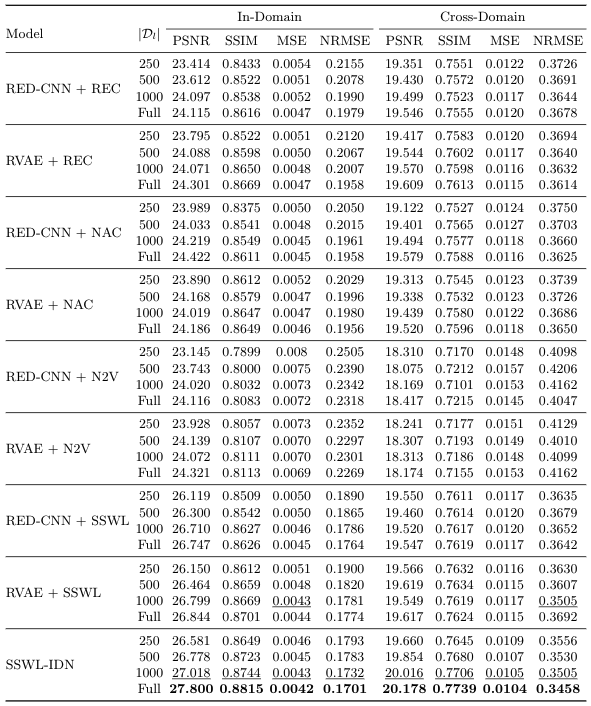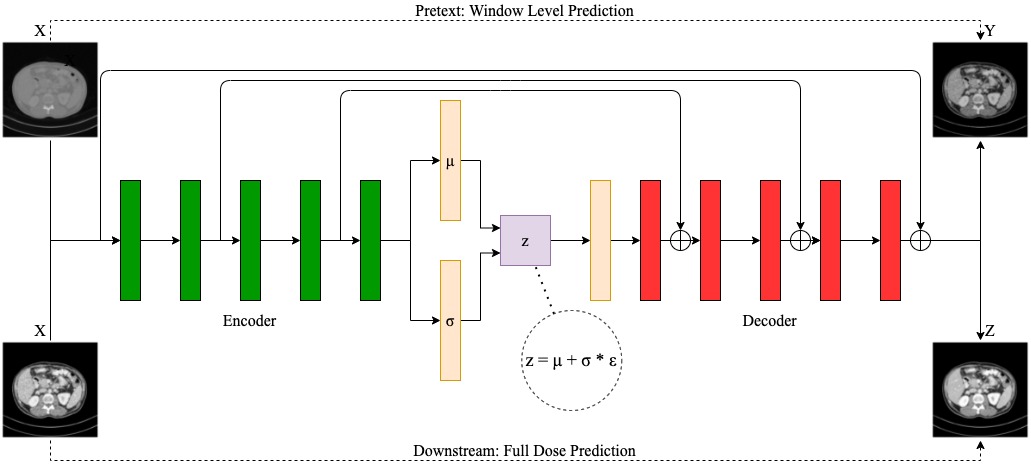


CT image quality is heavily reliant on radiation dose, which causes a trade-off between radiation dose and image quality that affects the subsequent image-based diagnostic performance. However, high radiation can be harmful to both patients and operators. Several (deep learning-based) approaches have been attempted to denoise low dose images. However, those approaches require access to large training sets, specifically the full dose CT images for reference, which can often be difficult to obtain. Self-supervised learning is an emerging alternative for lowering the reference data requirement facilitating unsupervised learning. Currently available self-supervised CT denoising works are either dependent on foreign domains or pretexts that are not very task-relevant. To tackle the aforementioned challenges, we propose a novel self-supervised learning approach, namely Self-Supervised Window-Leveling for Image DeNoising (SSWL-IDN), leveraging an innovative, task-relevant, simple, yet effective surrogate---prediction of the window-leveled equivalent. SSWL-IDN leverages residual learning and a hybrid loss combining perceptual loss and MSE, all incorporated in a VAE framework. Our extensive (in- and cross-domain) experimentation demonstrates the effectiveness of SSWL-IDN in aggressive denoising of CT (abdomen and chest) images acquired at 5% dose level only.
This paper was accepted to MICCAI MLMI 2021. The paper will be presented in September at the conference and is availabe in the proceedings. Here are some photos of us presenting.





@InProceedings{haque2021window,
author="Haque, Ayaan and Wang, Adam and Imran, Abdullah-Al-Zubaer",
title="Window-Level Is a Strong Denoising Surrogate",
booktitle="Machine Learning in Medical Imaging",
year="2021",
publisher="Springer International Publishing",
address="Cham",
pages="457--466"
}